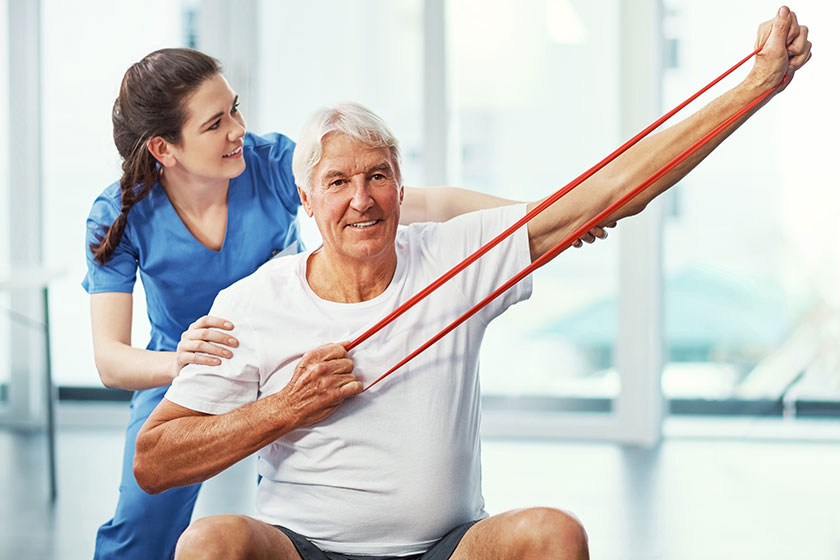Creating an effective exercise routine for older adults in a community setting requires careful consideration to ensure safety, enjoyment, and health benefits. Here are several key factors to keep in mind when planning exercise routine programs that cater specifically to the needs of older individuals.
Assess Physical Capabilities
Before beginning any exercise program, it is crucial to assess the physical capabilities of each individual. This assessment can help identify any underlying health issues that might influence the type of exercises included in the routine. A healthcare provider can offer valuable insights into what exercises are safe and beneficial.
Each exercise program should be tailored to fit the specific health conditions and physical limitations of the person. Whether dealing with arthritis, osteoporosis, or heart conditions, the exercise routine must accommodate these to avoid potential risks.
Focus on Low-Impact Exercises
Low-impact exercises are ideal for older adults as they place less stress on the joints. Activities like walking, swimming, or cycling are excellent choices that provide cardiovascular benefits without the high risk of injury.
Strength training is also vital as it helps maintain muscle mass and bone density, which are crucial for mobility and overall health. Using light weights or resistance bands can be effective in building strength without overly straining muscles and joints.
Include Balance and Flexibility Workouts
Improving balance is essential to prevent falls, a common concern among older adults. Exercises such as tai chi or simple standing balance exercises can significantly enhance stability.
Flexibility workouts, such as stretching and yoga, are important to maintain mobility and reduce stiffness. These exercises can also help improve posture and circulation, contributing to better health outcomes.
Ensure Proper Hydration and Nutrition
Older adults are more susceptible to dehydration, which can affect their physical performance and overall health. Ensuring that you stay hydrated before, during, and after exercises is crucial for preventing dehydration and maintaining energy levels.
Adequate nutrition complements the exercise routine, providing the necessary energy and aiding in muscle recovery. Meals rich in proteins, healthy fats, and carbohydrates can help fuel the body effectively for exercise.
Prioritize Enjoyment and Social Interaction
Exercise should not be a chore. Selecting activities that older adults enjoy increases the likelihood that they will stick with the program. Enjoyment significantly enhances the benefits of exercise by reducing stress and improving mental health.
Group exercise sessions provide social interaction, which can motivate older adults to participate regularly. These sessions also offer a sense of community and support, making exercise a more enjoyable and social experience.
Gradual Progression
It is important to begin with low-intensity exercises while gradually increasing the duration and intensity as endurance and strength improve. This approach helps prevent injuries and builds confidence in one’s abilities.
Regular monitoring of progress is essential to adjust the exercise routine as needed. Changes in health status or physical capabilities might require modifications to the program to ensure it remains safe and effective.
Safety and Supervision
Especially in a retirement community, it is crucial to have trained professionals supervise exercise sessions to ensure exercises are performed correctly and safely. This supervision helps prevent injuries and provides immediate assistance if any issues arise.
The exercise area should be free of hazards, and equipment should be well-maintained to prevent accidents. Safety should always be a top priority when designing exercise routine programs for older adults.
Creating a Program for Improving Health
Creating exercise routine programs for older adults is about much more than just keeping fit. It is about enhancing quality of life, improving health, and providing a sense of community. By considering these essential factors, you can develop a program that is safe, enjoyable, and immensely beneficial for residents of a retirement community.







